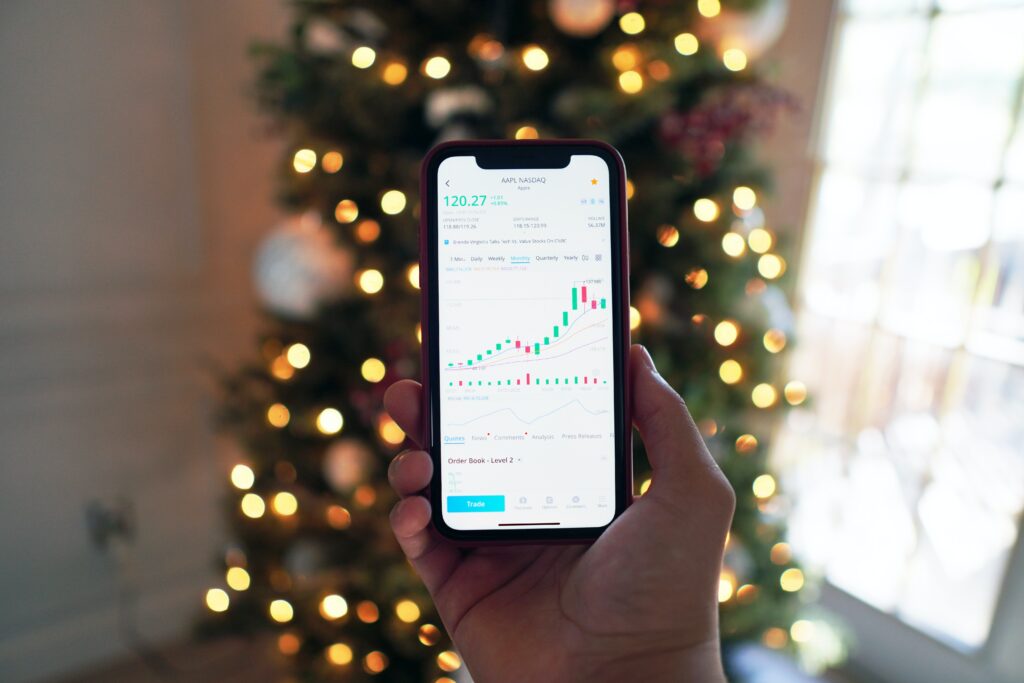So, you’ve saved up some money and are looking for a way to invest it. You want to make your money work harder for you so that it can be more useful in the long run. That’s an admirable goal! Some people try to save their cash by keeping it all under their mattress or in the bank, but there are better ways of investing the hard-earned cash that will give you a lot more bang for your buck! Here are 5 great ways to invest money wisely.
Investing
Have you ever had money to invest, yet, face so many choices? Do you stick it in a savings account for safekeeping? Do you invest in the stock market and take a risk? Are there other options?
Although it isn’t apparent when you start investing, trust me! risk is scary, but the reward is enticing. So, how do you decide where to invest your money?
We’ve devised this guide below to help you get started.

Bonds
Bonds are the most conservative investment you can choose, next to a savings or money market account. When you invest in a bond, you invest in a company’s debt. In other words, you loan them money. The company (sometimes it’s the government) issues the bond, which is a contract to pay you back in a certain number of years.
Related: Investing for Beginners: 7 Steps to Financial Productivity
You earn interest in exchange for loaning the company or government entity the money. You know the exact amount you’ll receive if you keep the bond through maturity. If you sell it sooner, you’ll receive less. Bond should be a long-term investment so you can see them through maturity, receiving the full amount of interest.
Most corporate and government bonds are risk-free but have lower returns than other investment options.
ETS or Exchange Traded Funds
Exchange-traded funds are a bundle of securities in one investment. They sell as shares, so just like stocks, you can buy one or multiple shares of the ETF. Common ETFs are:
- Market ETFs – Include securities that mimic the return of the major indexes, such as the S&P 500
- Bond ETFs – Invests in a variety of bonds, including low-risk and high-risk bonds to diversify the risk and increase the reward of investing in bonds.
- Industry ETFs – Invests in multiple stocks in a particular industry, including sustainable or eco-friendly industries.
- Actively Managed ETFs – Rather than mimicking a market’s returns, this ETF tries to beat it by actively trading
ETFs trade throughout the trading day so can change value often, just like stock. ETFs have a low barrier to entry as they often have low minimum investment requirements.
Mutual Funds
A mutual fund is a fund created by money pooled from many investors. The fund manager invests the funds in his/her chosen securities. Mutual funds may include stocks, bonds, and other securities.
You buy into a portfolio created for you and the other investors. You don’t own shares of the companies or the securities themselves. Instead, you own shares in the fund. The fund’s value may increase or decrease based on each investment’s performance and the fund manager’s trading decisions (the fund manager can buy and sell investments in the fund ).
Related: 8 Perks Every Entrepreneur Should Know About Credit Cards
If you buy into a mutual fund, you purchase professional fund management. You don’t have to worry about research, analyzing, and making investment decisions beyond choosing the right mutual fund.
Mutual funds have various fees, including load fees (an upfront commission), ongoing operating expenses, and transaction costs. You may trade mutual funds once a day, and they trade after the market closes.

Stocks
Stocks are probably the most well-known investment. When you buy stock, you buy ownership in a company. Stocks have a share price. Say one share is $20. If you have $20, you can buy one share. If you have $1,000 to invest, you can buy 50 shares.
When you invest in a stock, you invest in the company’s growth. As the company does well, the stock price increases, which means so does your investment. Some companies also pay stockholders dividends – they share their profits.
You are free to buy and sell stocks as often as you want, even multiple times a day. The key is to buy low and sell high. In other words, buy the stock at a low share price and sell it when it appreciates. Your profits or capital gains are the difference between the sale and buy price.
While you won’t sit at the next board meeting or help them make big decisions, shareholders hold an essential role in a company. Buying stocks in a company is a vote in the company’s capabilities and gives the company more capital to grow.
Of course, it’s entirely possible to lose everything as stock prices not only rise, but they fall too. Do your research before investing in a company’s stock.
Diversification is the Key to Success
No matter how you choose to invest, diversification is essential. Putting all your eggs in one basket is risky. If that investment plummets, you lose everything.
When you diversify, you invest in different investments. Typically, when one investment does poorly, another does well. If you offset your losses with ‘wins’, you won’t lose as much and may even still make gains.
How to Start
No matter where you want to invest, you’ll need a brokerage account. You may open a few types:
- Traditional broker – You may need high minimum opening balance requirements and have a specific net worth. Traditional brokers have the highest fees.
- Online discount brokers – Anyone can invest with discount brokers as they have a much lower barrier to entry and lower costs, hence the name discount.
- Robo-advisor – This is an automated online advisor – you invest in a specific portfolio that the computer creates and handles for you. Your only responsibility is to fund the investment at predetermined intervals, whether monthly, quarterly or annually.
Final Thoughts
The best time to invest is now. Every day you wait, the more money you lose because your money loses time to compound its earnings. Even if you only have a little money, start small – invest what you can and let your earnings grow. Over time, you’ll be able to add to your investments, eventually increasing your portfolio and reaping the profits you desire.



